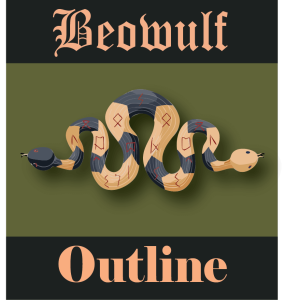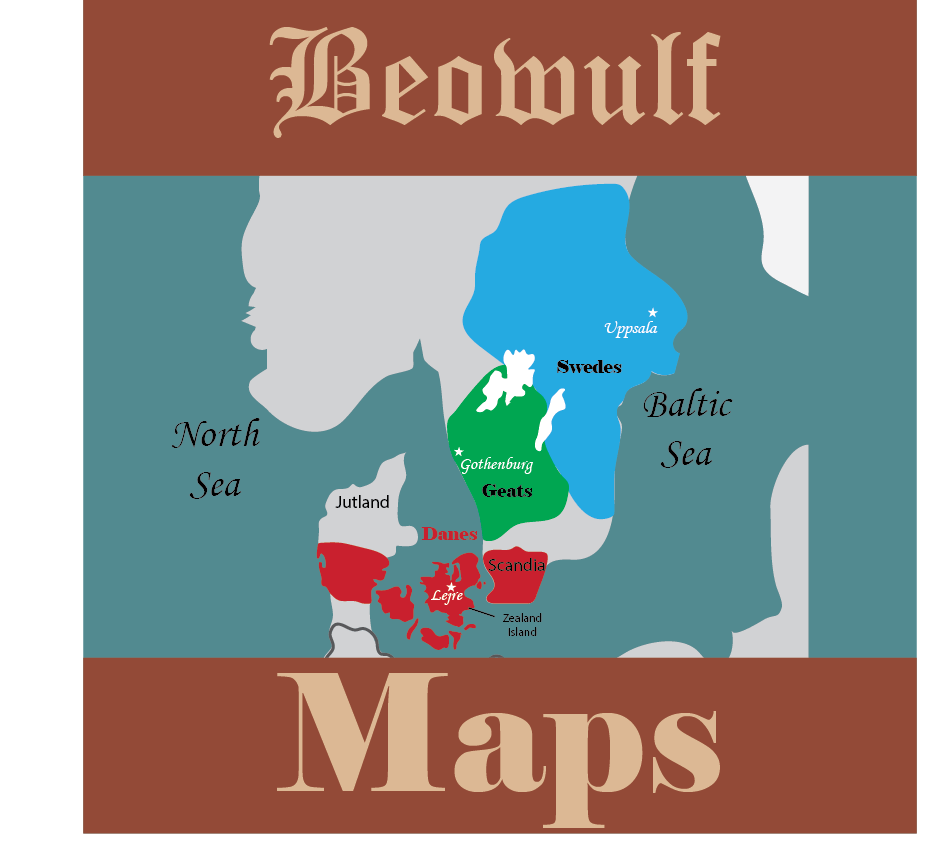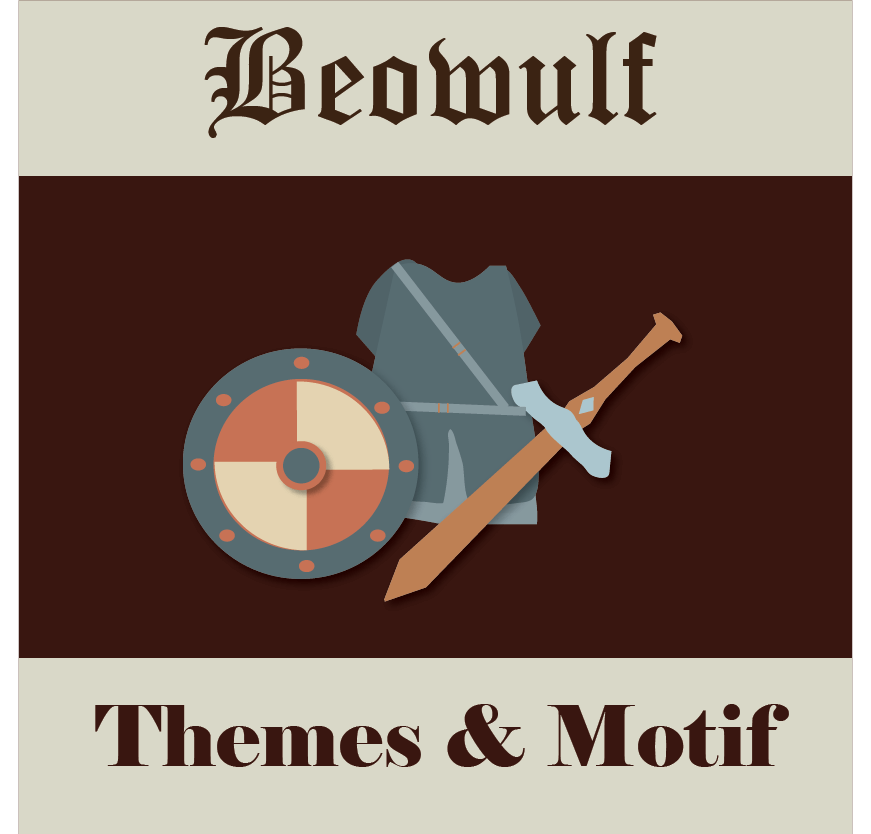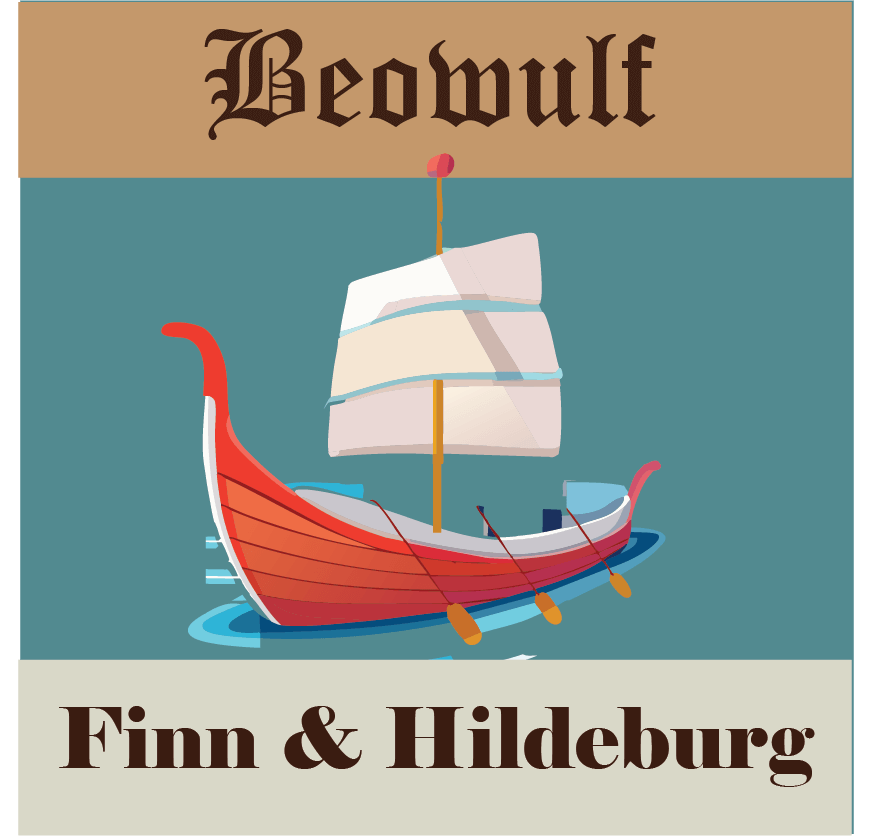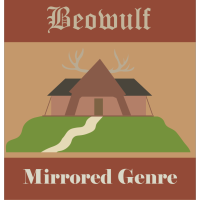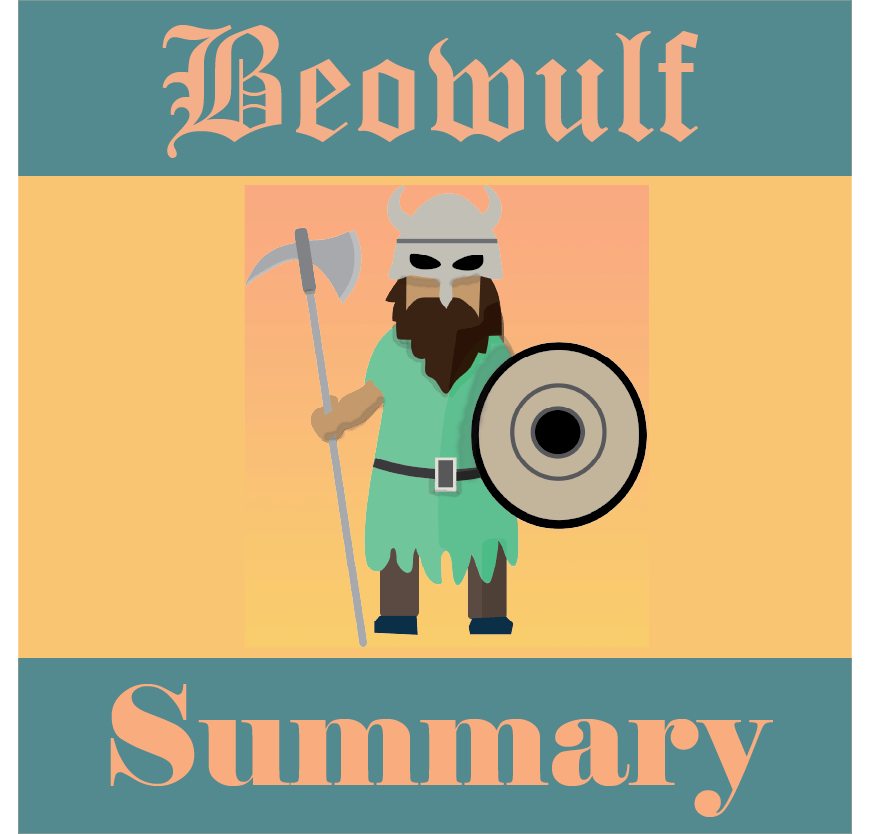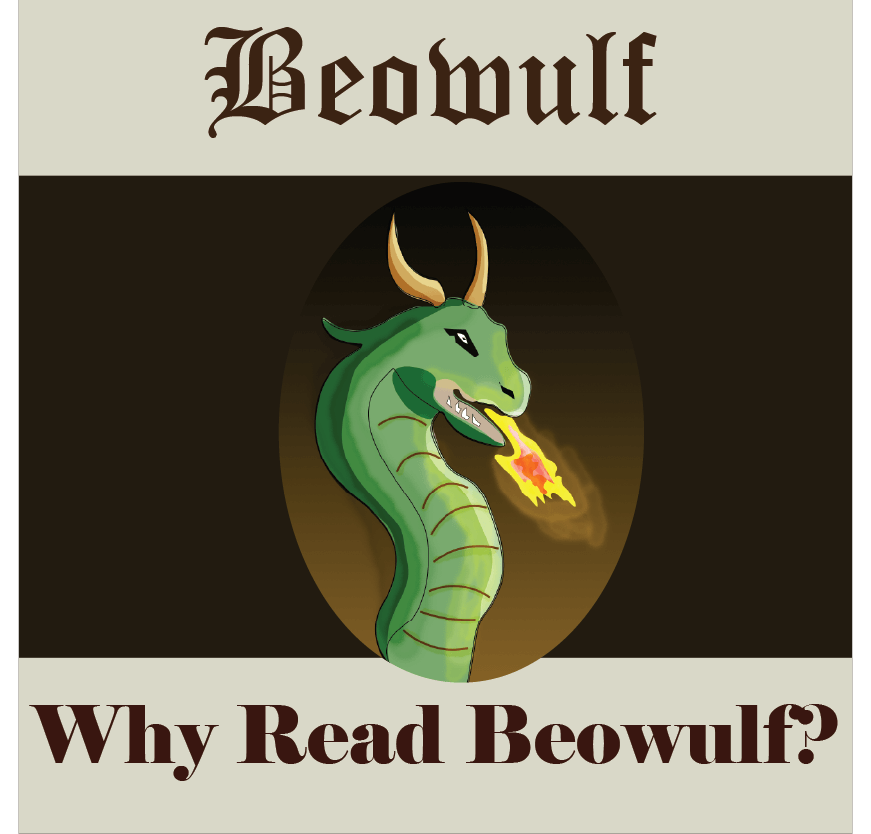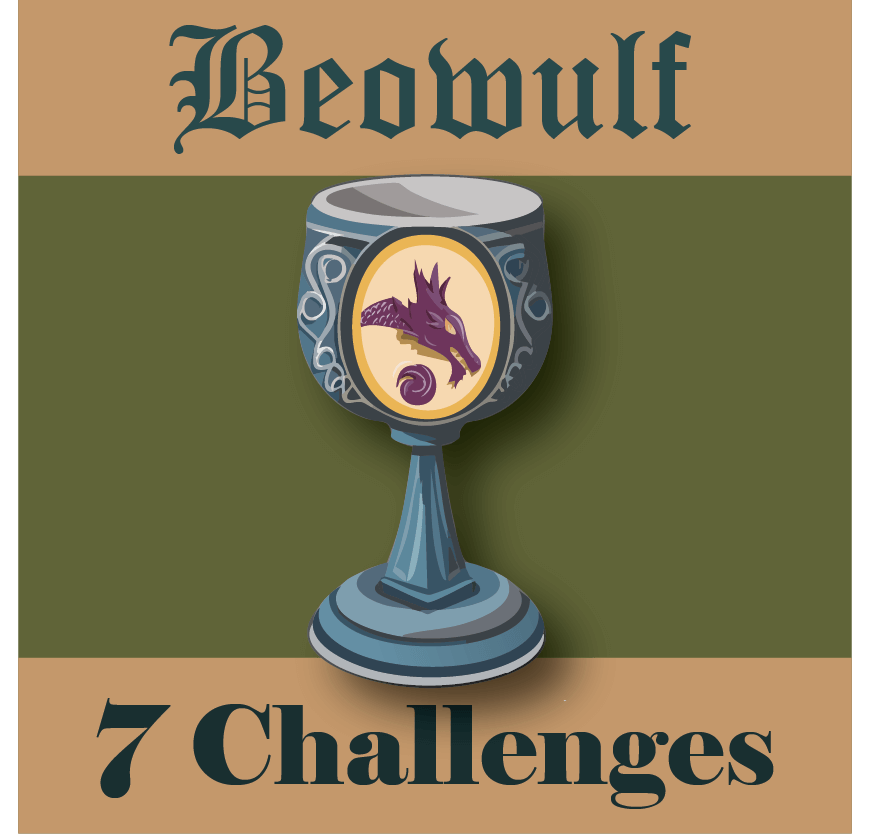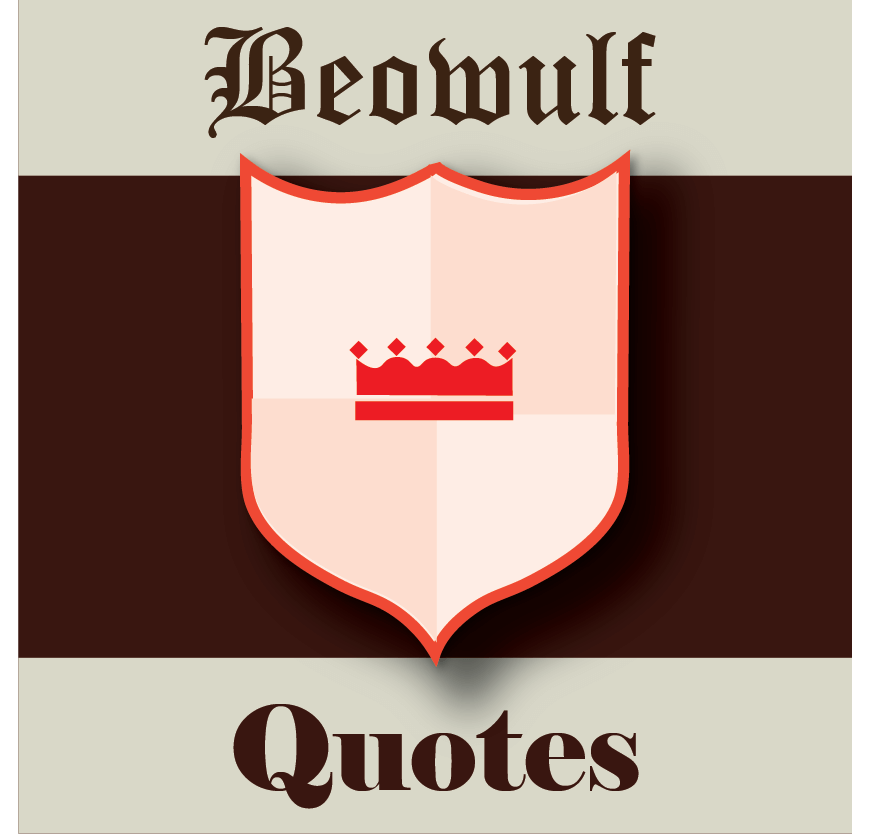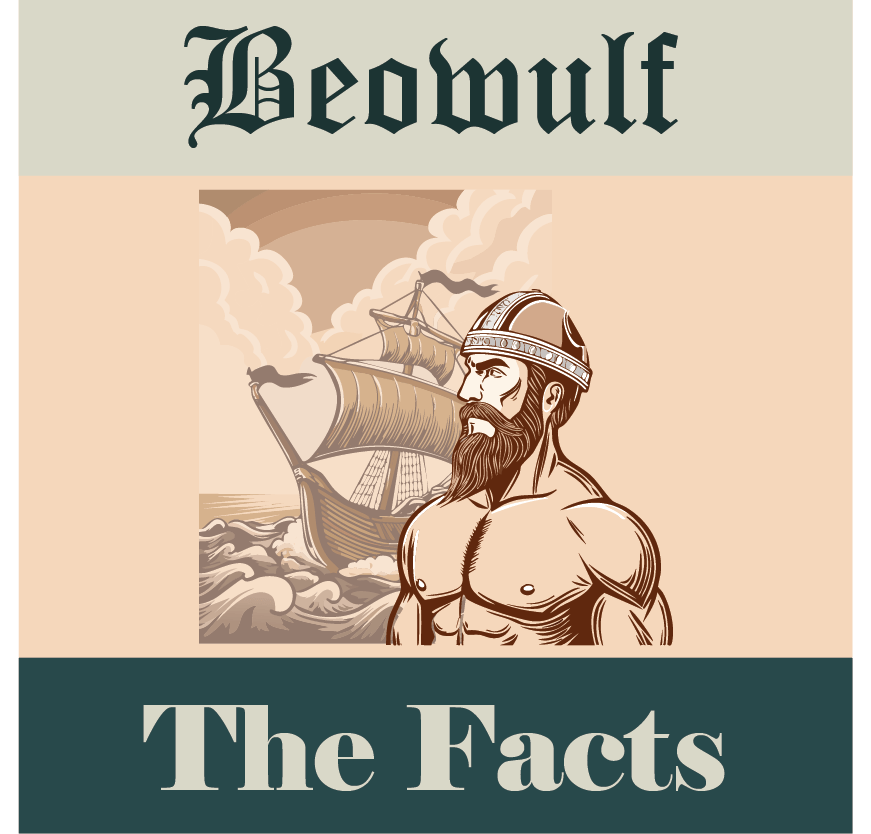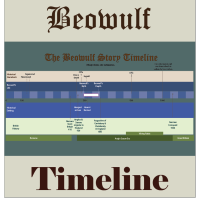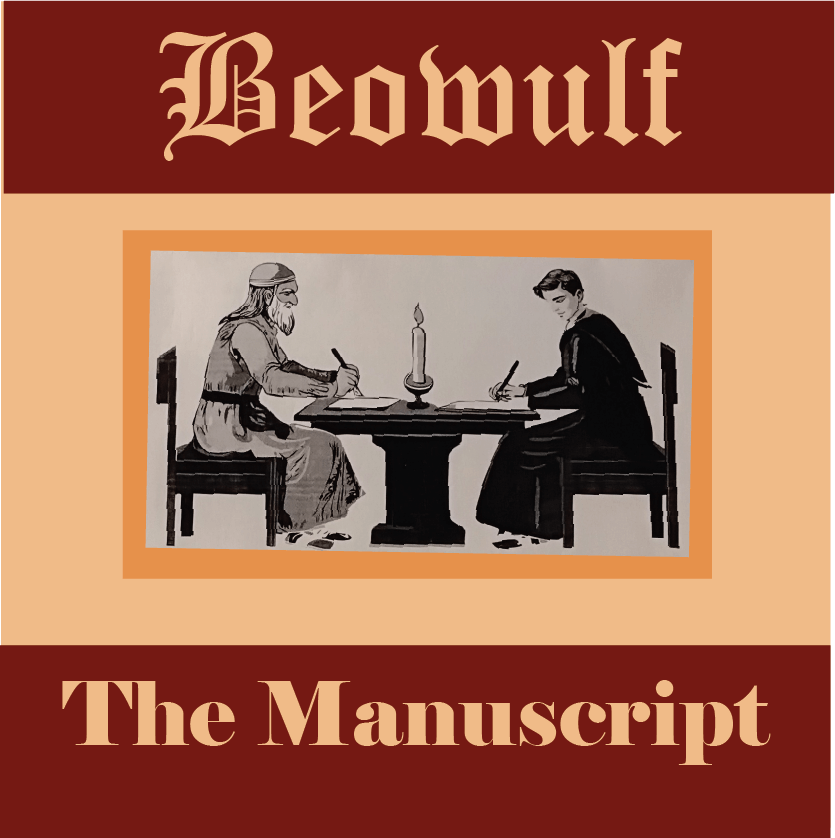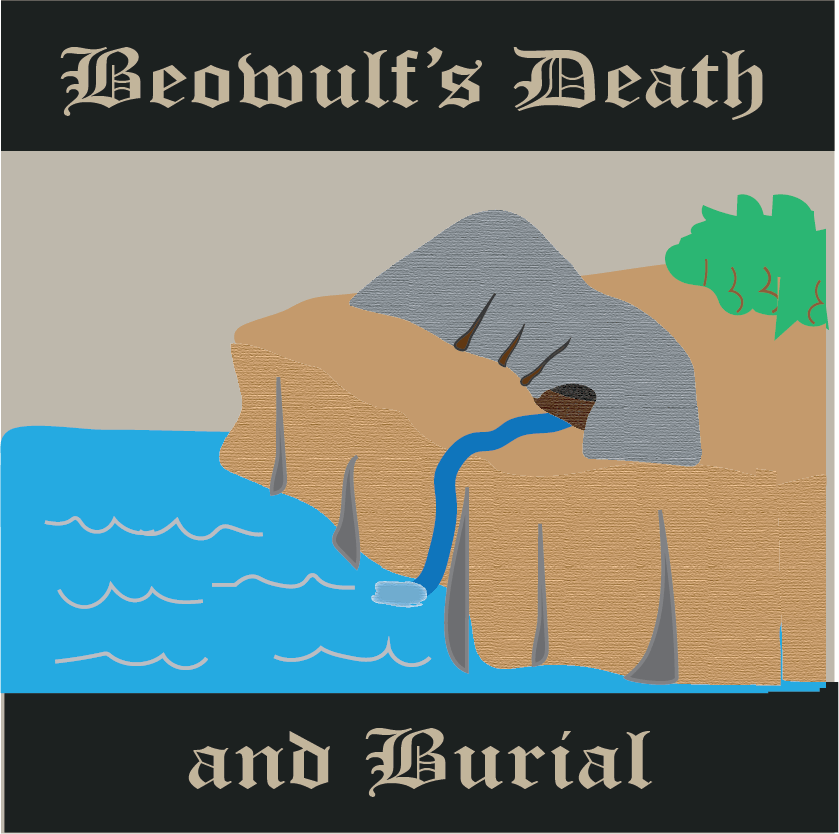
Beowulf Monsters
Blood-thirsty Grendel, his evil mother, and a flaming dragon:
what role do Beowulf's monsters have in the epic poem?
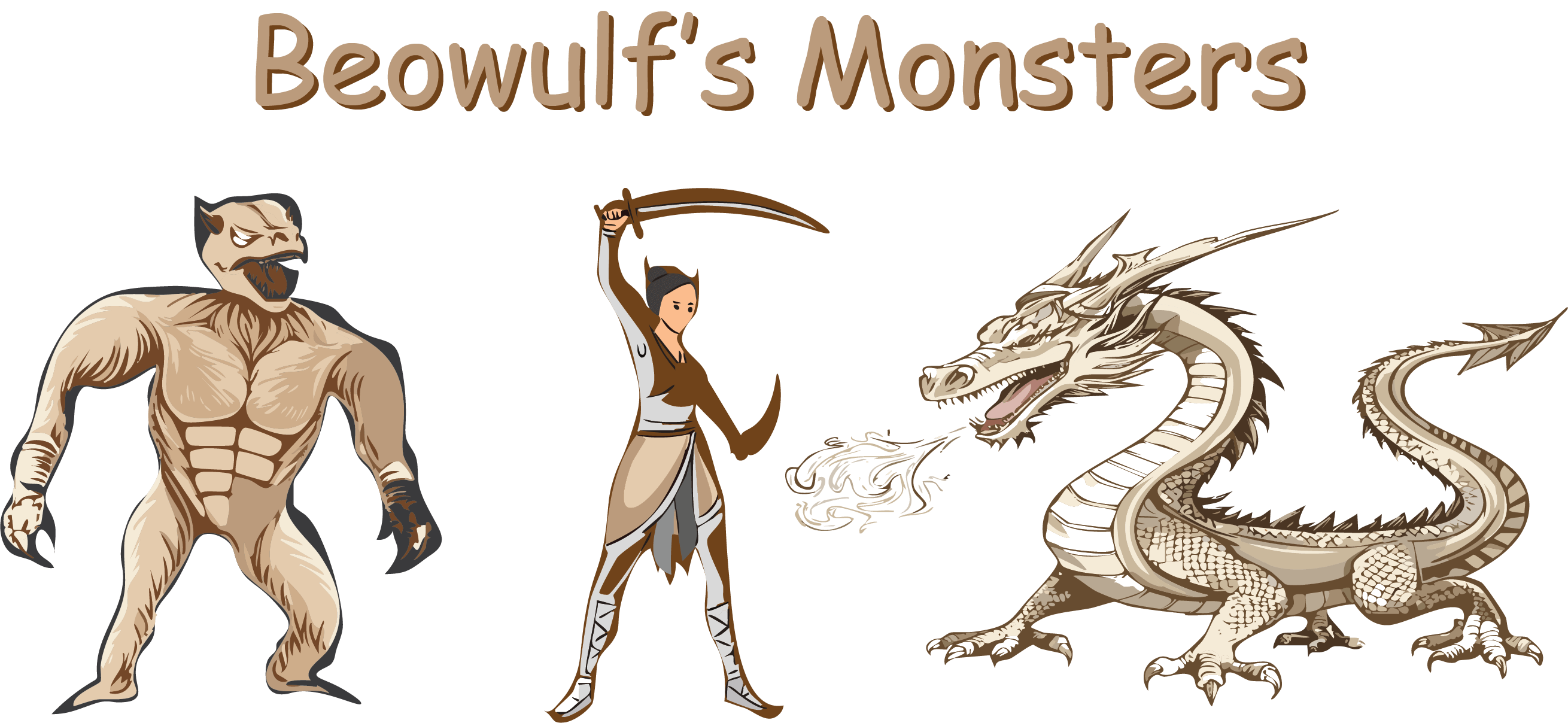
What's The Problem With Beowulf's Monsters?
Grendel, his mother, and a dragon: is this supposed to be super-hero comics or classic literature?With a superficial reading of the poem it's easy to catch the main story: a hero kills a monster, then it's mother, and ends up dying fifty years later in a battle with a dragon.
Between the action and the occasional blood and gore, there are other stories and a purpose to the narrative that takes a much more careful reading to pick up. These monsterless parts, often referred to as the historical elements, take up approximately 70% of the poem, which probably indicates the author didn't want us to gloss over them.
It's a critique of an ancient honor code with its constant battles and need for revenge. But since the tales that support that greater purpose assume (wrongly) that it's hearers know these events it constantly alludes to, and since it was written in the Old English spoken ten centuries ago, it takes an active role on the part of the reader to get the full-picture.
Many readers who do grasp the serious nature of the author's message are then left wondering, what are the monsters for?
They are not alone. In J.R.R. Tolkien's 1936 response to critics, appropriately named "The Monsters and the Critics," he addresses the complaint that the monsters give it a "thin plot."
Why We Need the Monsters
Tolkien Responds to the Critics
On another page of Beowulf Quotes we address his response more fully. Nonetheless, it warrants repeating part of the quote here:
Something more significant than a standard hero, a man faced with a foe more evil than any human enemy of the house or realm, is before us, and yet incarnate in time, walking in heroic history, and treading the named lands of the North.
Monsters are not an inexpicable blunder of taste: they are essential, fundamentally allied to the underlying ideas of the poem.
The monsters remained the enemies of mankind, the infantry of the old war, and became inevitably the enemies of the one God.
Tolkien, 1983, Monsters. pg 19, 22.
Whitelock's Response
Fifteen years later, Dorothy Whitelock added her input to the monster's defense:He was composing for men of his own day, and he doubtless had good reason for his choice of theme...The poet had placed the race of monsters in relationship to a Christian universe, and has shown that they can be overcome by human beings of courage and fortitude who fight them with faith in God. He has shown that humanity is not left helpless in the hands of evil powers. Whitelock, 1951. pg 95.
Monsters Join The Fight Against Evil
Whitelock's argument is succinct. The author had joined the ancient battle between good and evil and used a few monsters to help him out.We can see their effectiveness within their natural setting. For the poem is filled with the conflicts of the Danes and Geats and the Swedes fighting each other, as well as about five or six other tribes. Sure, the author could have made any of those tribes the evil villains.
But that would not have accomplished his goal. His Anglo-Saxon contemporaries would have gladly booed the Danes as inherently evil - particularly since they had become village-burning-Vikings in the interim. And those nasty Franks that took out the Geat King Hygelic were ancestors of the French and there were plenty in England who weren't so fond of them either.
Choose a tribe - any tribe - and make it evil. Many in the audience might have gone along with it, but that was not the purpose.
War breeds hate; hate breeds revenge; revenge breeds more war. He needed to go outside the tribal perimeters to break the cycle.
Perhaps a modern day example might be to compare a conflict with the Palestinians and the Israelis. Or the Russians and the Ukranians. Emotions can run high; it's easy to see one's adversaries as enemies and one's enemies as evil.
Consider that it has been more than one-hundred-fifty years, and in some quarters passions still get inflamed about the blue vs the gray in the American Civil War.
Today, if we wanted to reach beyond our biases to make a point, we could devise a story with the enemy coming from an alien force from out of space. Or creatures from deep inside the earth. This would be real evil - not other humans with different political views.
And that is just what our author did. Instead of space aliens, a flying dragon attacked the villages of the Geats. Instead of creatures from the deep, it was an under-water troll that pillaged the Danes.
Those creatures were the epitome of evil. They killed wantonly and unjustly. It was not bitter bias or blood-thirsty revenge but noble courage that made Beowulf don his war-gear and fight.
Fighting to protect the innocent is good. Attacking a village to avenge a fifty-year old feud is bad.
Sometimes we just might need a fictitious bogey-man to tell the difference.
Were the Monsters Works of Fiction?
But that leads us to another question: did the author and his audience think Grendel and the dragon were fictitious?It's a humorous question, because Beowulf scholars divide their chapters between the fictitious elements and the historical elements. At least they try to. I've tried; but it's harder than you might think. For just what did they think was ficition?
Mitchell states it this way:
Previous editors have tried to distinguish between the historical and the fabulous...The distinction is a valid one for modern scholars, though the lines are often hard to draw, but it is by no means certain that Beowulf, Grendel and his kin, and the dragon, were any less real to the poet and his audience than was the historical Hygelac.
Mitchell & Robinson. 1998. pg33
Views In the Ancient World
Don't be too quick to write off our Medieval ancestors, and the tribal ancestors before them, as superstitious children. Here are some of the scenarios in our unit study that we ponder:- If a traveler from a distant land tried to explain a rhinocerous or elephant in ancient times what would you imagine?
- Draw a crocodile from another's explanation.
- If a man fell overboard in a sea of sharks, what would the sailors see and hear?
But Dragons?
Okay, I will admit any traveler who reported a flying, fire-breathing dragon was not telling the truth. At least if they say they saw it flying and breathing.But where did dragon legends come from? They are found on every continent among ancient people. Is it too hard to believe that our stone-age ancestors found a dinosaur skeleton while digging for their raw materials, centuries before scientists found them looking for fossils? (That didn't start until the 19th century.)
Rumors of Monsters
And ancient people weren't the only ones to hear rumors of strange creatures lurking on the outskirts of human settlements.The Lochness Monster, Big Foot, Jersey Devil are, perhaps, the modern Grendels. I'm not saying any of these are actually real. But modern man, just like their forebearers, can get spooked and start rumors.
A genuinely-frightened person can heighten the imagination of a lonely traveler on a long, dark trek home through a dense forest.
The Monster of Hearot Hall
Archaelogists have found what is believed to be Hearlot Hall. (To be more accurate, they have found it's footprint beneath the ground. The actual timbers are looong gone.) But, no, they have not found Grendel's cave.But literary historians have found ancient sources besides Beowulf that claim Hearot Hall was haunted by an evil creature. What monster, real or imagined, stalked the old, coastal village of Lejre on Zeeland Island in the North Sea?
I'm not a monster-hunter and have no plans to fly out to bag something, but as a brave keyboard warrior I can suggest a few clues. There are reported bogs (and even bog-mummies) in the swampish land. A newly-emerged quick sand pit and a series of disappearing villagers would be enough to fan the rumor mills. As would the eerie howls of a pack of wolves. Sherlock's Hounds of Baskerville was in England, not Denmark - but likely the Danes and Brits could both be alarmed by such things.
And is it possible that someone like the Heathobard "who knew the swamp paths" from the Beowulf poem, might have become a bandit lurking by the mere and the woods?
What danger might have frightened the drinkers in Hearot Hall that their haunting guest is guessed at sixteen centuries later?
Beowulf's Monsters and the Scientific World
Again, JRR Tolkien describes it with matchless elegance:
When we have read his poem as a poem, rather than as a collection of episodes, we perceive that...he and his hearers were thinking of "the great earth, ringed with the shoreless sea, beneath the sky's inaccessible roof": whereon as in a little circle of light about their halls, men with courage as their stay went forward to that battle with the hostile world and the offspring of the dark which ends for all, even the kings and champions, in defeat.
That even this 'geography' once held as a material fact, could now be classed as a mere folk-tale affects its value very little.
It transcends astronomy. Not that astronomy has done anything to make the island
seem more secure or the outer seas less formidable.
Tolkien, 1983, Monsters, pg 18.
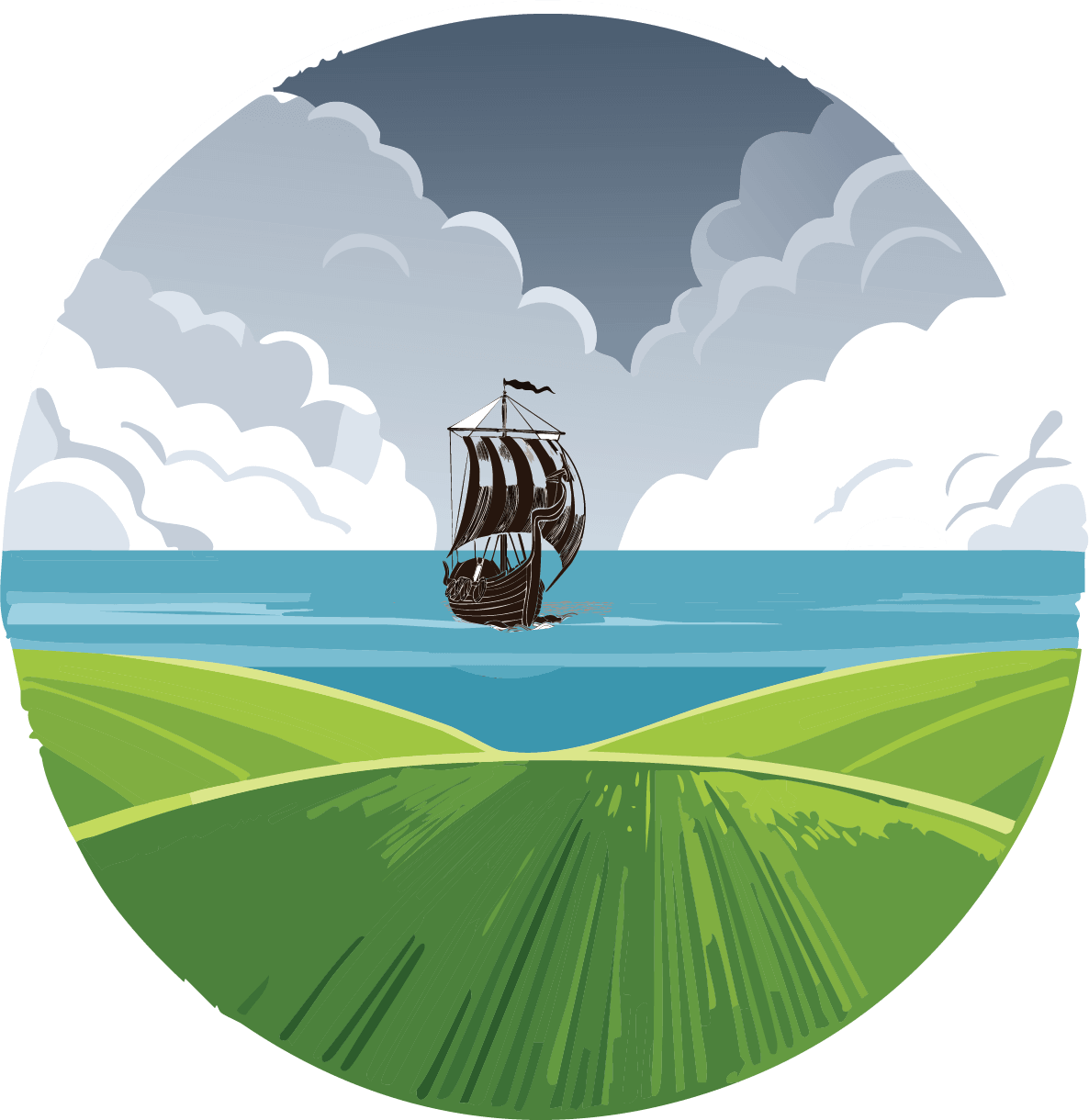
References on Beowulf Monsters
Mitchell, Bruce. and Robinson, Fred. 1998. Beowulf, An Edition with Relevant Shorter Texts. Blackwell Publishing. pp 183-194Tolkien, JRR. 1983. Monsters and the Critics. Harper Collins.
Whitelock, Dorothy. 1951. The Audience of Beowulf. Oxford Clarendon Press. (reprint)
Get the Beowulf Unit Study
Unlock the action plot, history, and debates of the ancient tale.
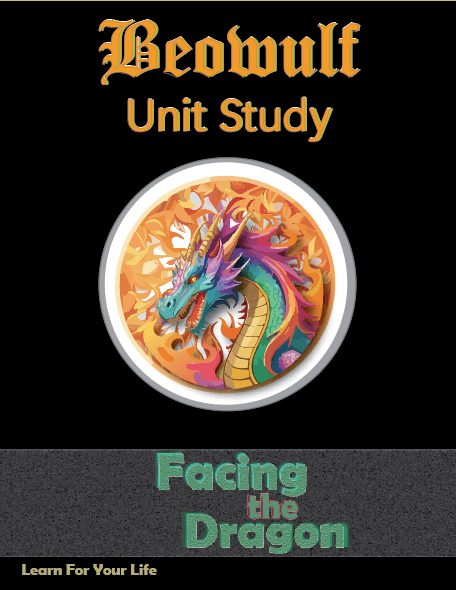
Available in Paperback OR Printable Download
253 pages
(Includes Student Pages, Teacher Key, References, Maps, Charts and More!)
Print It Now

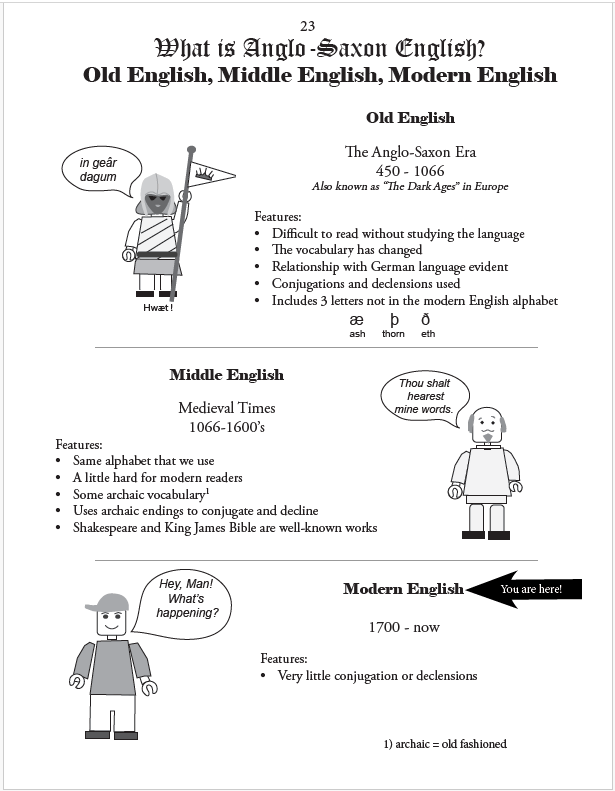
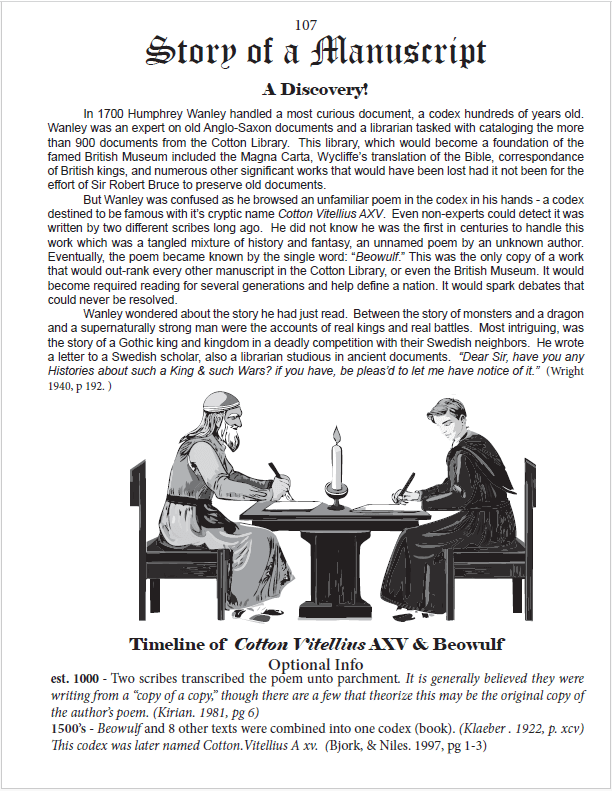
![]()
$5.99 Your link to print will last for five days.
Ready-in-a-minute lesson plans can be used with any translation.
Easy-to-read summary for each section.
Softcover Edition - Mailed to You
The same pages are in the softcover book and the printable file. Keep your papers bound together and use this book for years to come. It will be your go-to-guide for all things Beowulf!
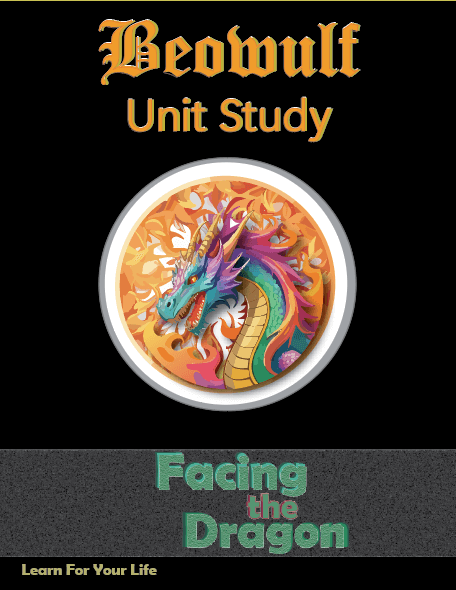
![]()
17.95 Soft Cover Manual
Mailed to You
Beowulf Pages
Check here for all things Beowulf.

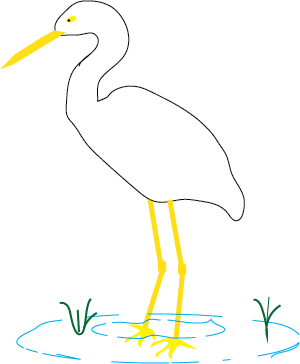
About Our Site
Hands-On Learning



